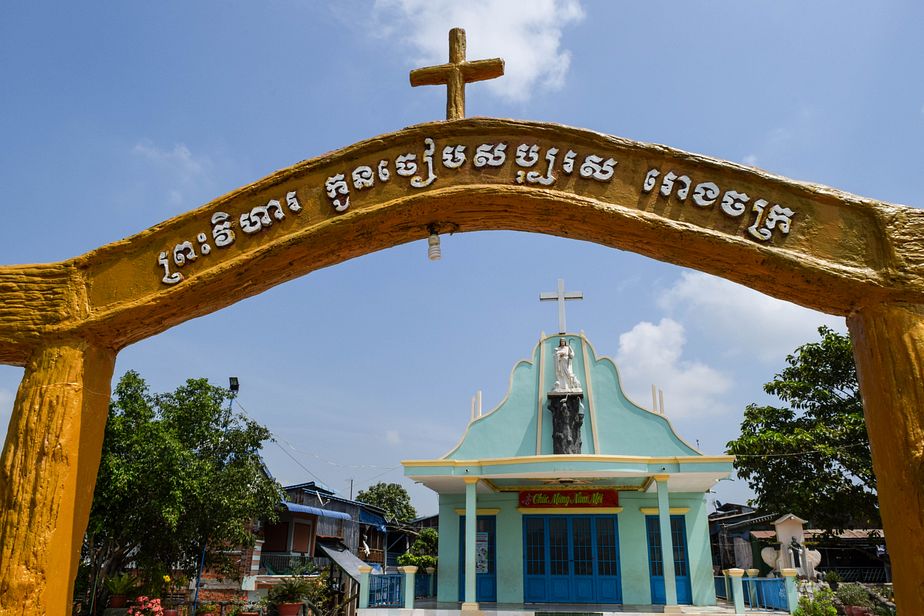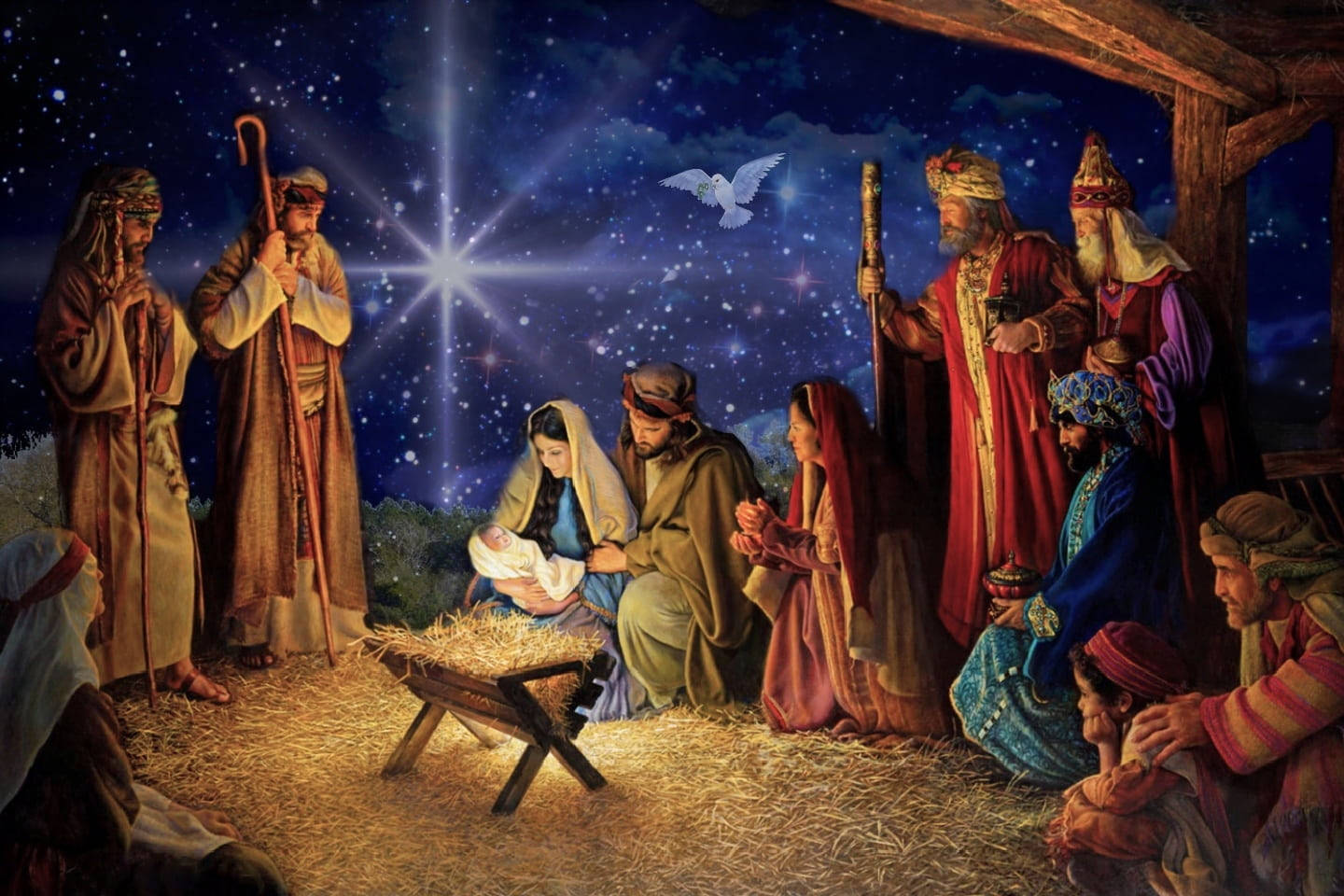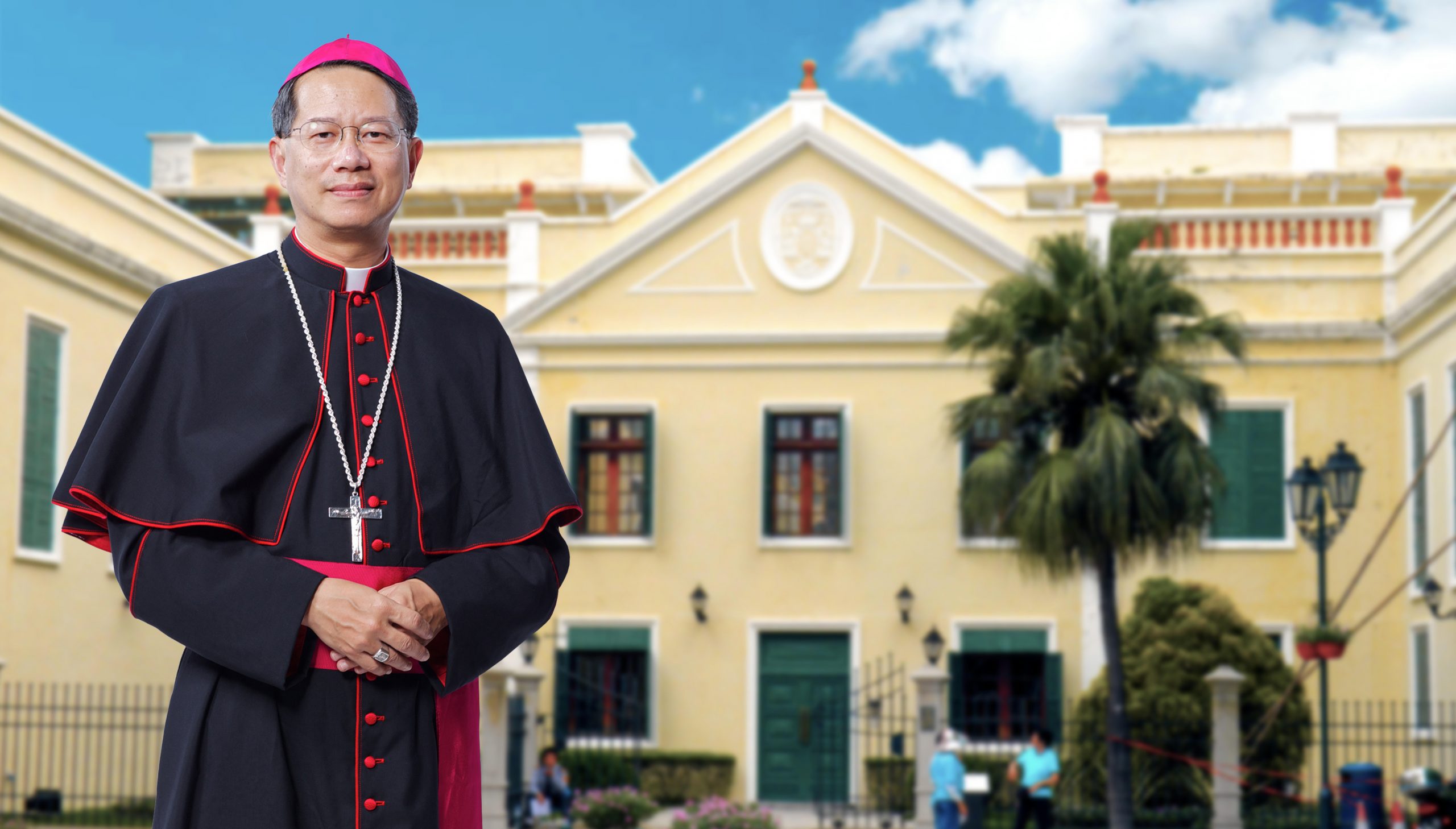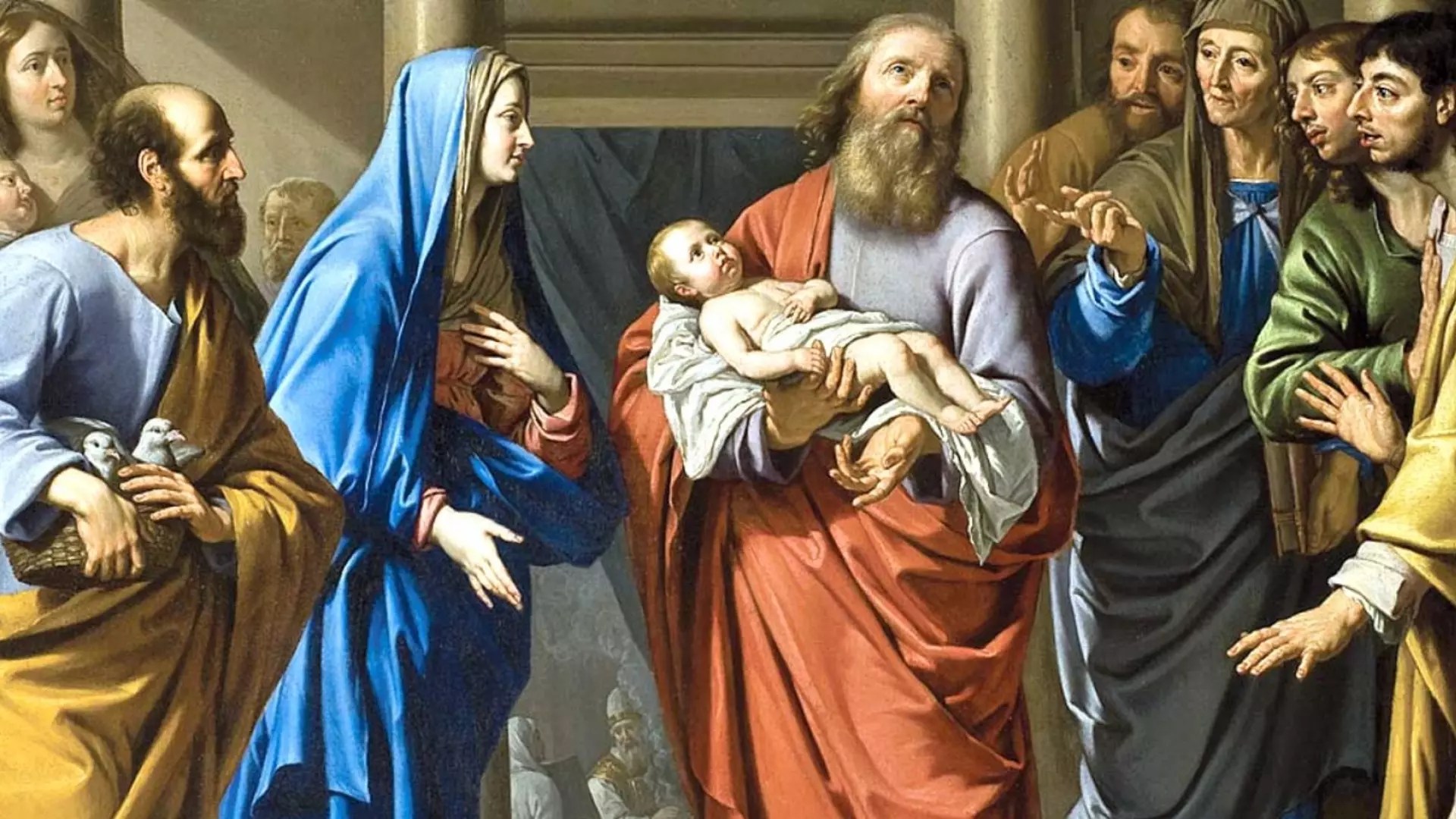Joaquim Magalhães de Castro
Military clashes that recently erupted again on the Cambodia-Thailand border, with the use of powerful military vehicles and fighter jets—a factor creating a very tense situation—have rekindled long-standing fears among Catholic communities in the region. “We have woken up to the nightmare of a possible war,” Jesuit Father Enrique Figaredo, Apostolic Prefect of Battambang, a Cambodian province bordering Thailand, told the Fides news agency.
Clashes between the armed forces of both countries began in the early hours of July 24 along the border, which remains disputed to this day. According to the Thai armed forces, Cambodian troops opened fire near the Ta Moan Thom temple; However, from the Cambodian Ministry of Defense’s perspective, its army acted in self-defense following a “provocative incursion” by the Thai army, which carried out airstrikes against targets in Cambodia. As a result, Bangkok even asked its ambassador in Phnom Penh to return and announced the expulsion of the Cambodian ambassador following a landmine incident that injured a Thai soldier. The borders between the two countries were completely closed. Fortunately, after four days of clashes, which left several dead and thousands displaced, common sense prevailed, and authorities on both sides signed a ceasefire.
During “the period of distress,” in the Cambodian parish of St. Francis of Assisi, located less than 100 kilometers from the front line, the parish priest and the twelve Catholic families in that community “clearly heard gunshots and explosions.” Immediately, great fears of “a truly senseless war” set in, as Father Figaredo puts it. Just consider that people on both sides of the border speak the same language, and that, due to its permeability, many families have kinship ties. “The population doesn’t understand the reason for this escalation, which I believe is mainly due to nationalism and imperialism,” emphasizes the Spanish cleric. Meanwhile, a delegation from Caritas Cambodia traveled to the affected area to assist displaced families forced to leave their villages near the frontline.
The Apostolic Prefect recalls that the border dispute dates back to the time when colonial powers “drew maps with rulers and squares” in post-war Southeast Asia. The current border was drawn by France, a colonial power, but Thailand follows a different map, “the American one,” and claims several areas, some of great historical, cultural, and religious value, for its Buddhist temples,” explains Father Figaredo. “I believe this resumption of hostilities is also due to internal political maneuvering in Thailand, where nationalists currently predominate.”
It’s worth remembering that Thailand has clearly greater military potential than Cambodia, which is why the latter appealed to the United Nations and requested intervention from the Security Council. Fortunately—and for now—such mediation was not necessary. And the tensions are currently resolved.
Regarding the border conflict between Thailand and Cambodia, we offer the opinion of researcher Miguel Castelo Branco, who is familiar with that reality, having lived in Thailand for several years. He emphasizes that “in that region of the planet, the idea of a political border is very recent and stems from demarcations imposed by the French, who then exercised protectorate over Cambodia. The great Western difficulty in understanding the region’s political entities stemmed, at least until the mid-19th century, from the perplexity of realizing that the states lacked borders, as Europeans understood them. Lacking the concept of frontiers or limes, ancient cartography referred to cosmographic maps of the Three Worlds, pilgrimage maps, and the location of temples and shrines considered to be places holding sacred energy. Border disputes did not occur, as two mandalas never touched. The Buddhist polytheisms, being unmarked, were separated by a no-man’s-land of varying depth, home to small tributary vassals or simply human groups immersed in the forests of the mountainous lands. Therefore, this armed conflict, masked by questions of ‘sovereignty,’ harks back to a time before the current border.”
The recent conflict occurred shortly after the inauguration of a new brick church, “dedicated to Saint Joseph,” north of Phnom Penh. The temple, built thanks to donations collected in Cambodia and abroad, has a capacity for over 100 people and is located in the Keo Seima region, known as a “wildlife sanctuary”, because there is a natural forest reserve there that extends over more than 290,000 hectares. An ideal destination for eco-tourism, this province is home to the so-called “hill tribes,” mostly indigenous Bunong. Evangelization in that region has developed over the last ten years, with the first Bunong natives receiving baptism in 2009. Currently, there are about 40 Catholic families in Ko Seima, “all belonging to the Bunong minority,” as Father Jean Marie Vianney Borei Phan, responsible for the indigenous communities, points out. “Priests, religious, and lay people participated in the proclamation of the Gospel in this province; now we are reaping the first fruits: let us give thanks to God,” he said.


 Follow
Follow


